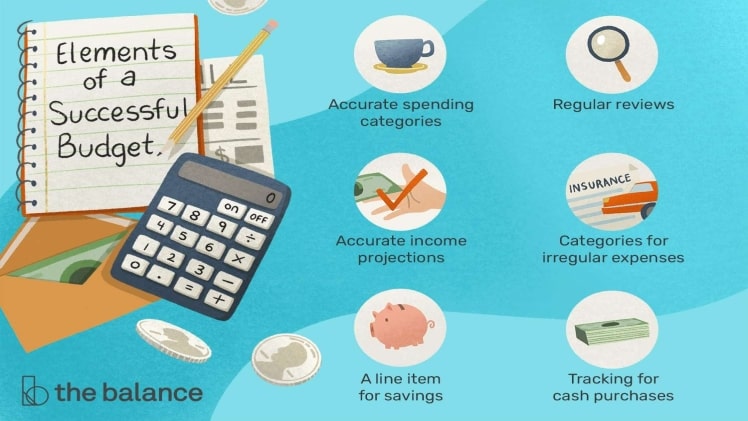The Basics of Budgeting for Your Business

There are many different techniques for Budgeting. Top-down budgeting is an example of this. With this technique, the leadership of the organization determines the number of resources necessary to meet the targets. Then they delegate those budgets down to the different departments for implementation. The budget takes cost into account throughout the production process. Consequently, it is a great technique for organizations that are concerned with minimizing unnecessary expenditure. However, it is not appropriate for all types of organizations.
The traditional budgeting process typically begins by tracking expenses and eliminating debt. But, it’s possible to build a partially funded emergency fund to speed up the budgeting process. A partial emergency fund can be a great asset when budgeting, as it acts as a buffer for unexpected expenses. Instead of relying on your credit cards for emergencies, use your emergency fund as a backup plan. The key to building a fund is to make regular contributions to it and to think about where you spend your money.
In addition to identifying what expenses are important to your business, budgeting also includes your costs for other expenses that could affect your bottom line. If you are spending more than you earn, your business is probably losing money. Developing a budget allows you to compare your actual performance against your planned results to determine where you may need to make adjustments. By making a budget, you can be sure that you’re on the right track and that you can achieve your goals. Automotive all information available here

